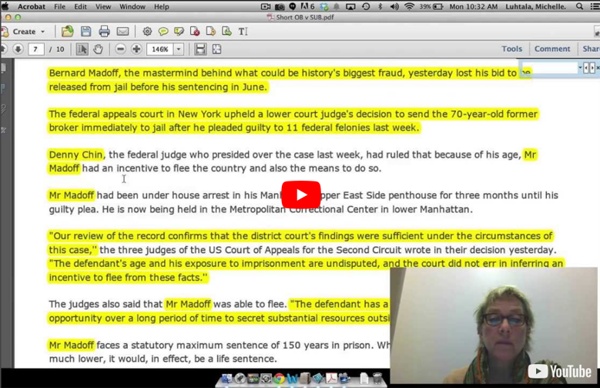



Truth, truthiness, triangulation: A news literacy toolkit for a “post-truth” world We were guaranteed a free press, We were not guaranteed a neutral or a true press. We can celebrate the journalistic freedom to publish without interference from the state. We can also celebrate our freedom to share multiple stories through multiple lenses. But it has always been up to the reader or viewer to make the reliability and credibility decisions. News literacy is complicated. Professional journalists themselves face new practical and ethical challenges relating to anonymity, privacy and safety, as well as reliability in their attempts to verify sources of breaking news from social media and user-generated content in all media formats. Even news that is vetted by editors and publishers sometimes emerges from that process a bit processed, perhaps leaning in a particular direction. And word choice itself is connected to truth. On news literacy In its glossary, Stony Brook University’s Center for News Literacy defines news literacy as: Our kids need new types of filters. Fake news
Even smart people are shockingly bad at analyzing sources online. This might be an actual solution. The growing stream of reporting on and data about fake news, misinformation, partisan content, and news literacy is hard to keep up with. This weekly roundup offers the highlights of what you might have missed. Stanford’s Sam Wineburg and Sarah McGrew observed “10 Ph.D. historians, 10 professional fact checkers, and 25 Stanford University undergraduates…as they evaluated live websites and searched for information on social and political issues.” What they found: Historians and students often fell victim to easily manipulated features of websites, such as official-looking logos and domain names. They read vertically, staying within a website to evaluate its reliability. In one exercise, for instance, participants were asked to compare articles from two sites: One from the American Academy of Pediatrics, and the other from the American College of Pediatricians. “They seemed equally reliable to me. Another said, “Nice how there’s not really any advertisements on this site.
Beyond the Stacks: To teach digital citizenship & literacy, we must be digital neighbors I was fortunate to be accepted into the Stockholm cohort (#SWE17) of the Google Innovator Academy (#GoogleEI). The focus of my work for my Innovator project is students' digital media literacy (or lack thereof). Based on the SHEG report, Evaluating Information: The Cornerstone of Civic Online Reasoning, and other reading I have been doing about this topic, I initially thought the focus of my work would be on developing students' capacities for unpacking, critically examining, and making meaning of the myriad of digital texts that flood their social media feeds. Following the protocols the Innovator team outlined for us in advance of attending the Academy, I quickly realized that I had a different -- but related -- issue to tackle before addressing student digital literacy. That is, the lack of social media, and thus digital media not curated by a teacher, that is used or experienced in the classroom. Here is my 90 second elevator pitch: My daughter is a field hockey player.